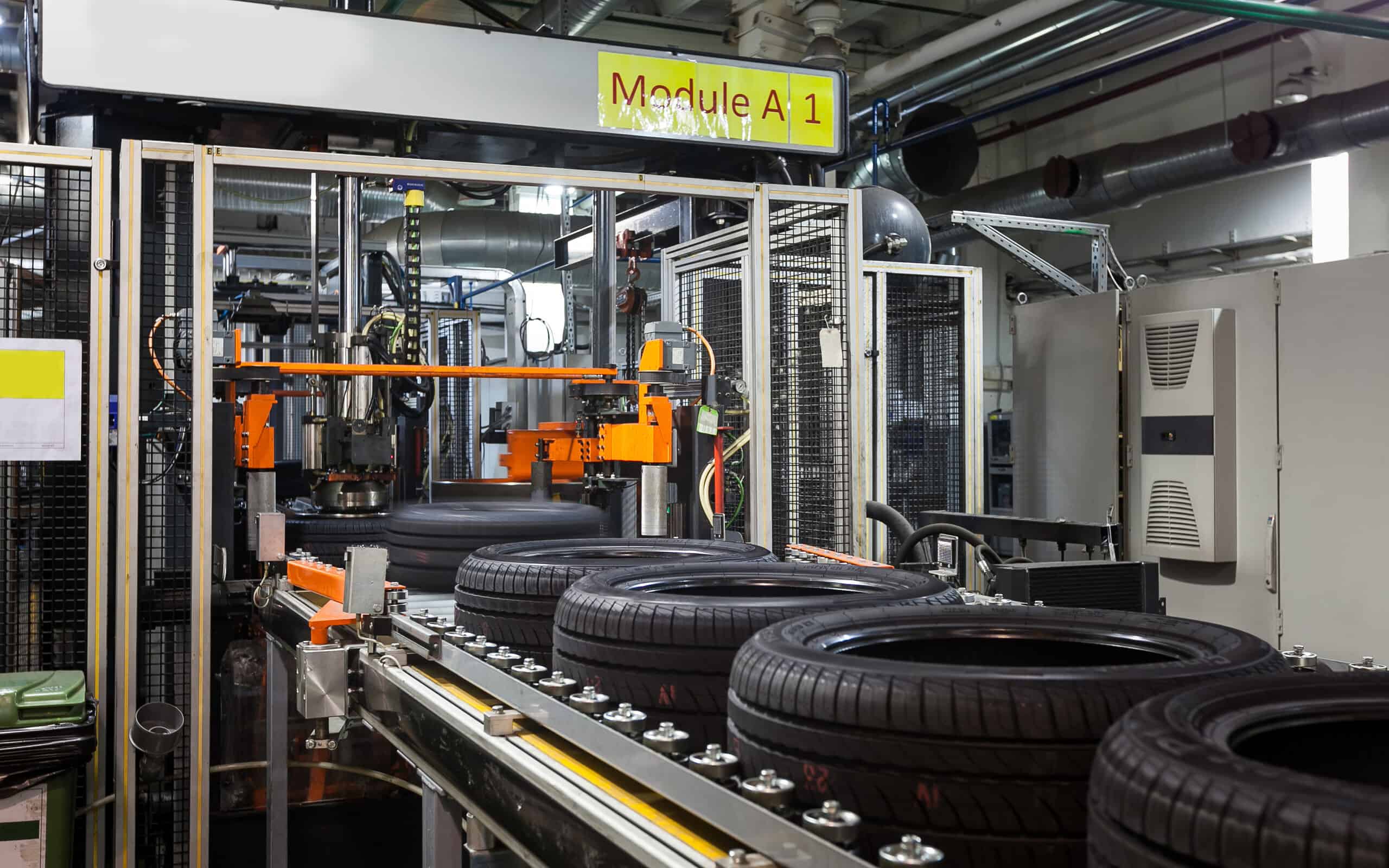
Key Points
- Containment is a means of isolating non-conforming products
- It pays to have a documented and proven method to approaching containment.
- Proper use of containment can allow for the development of preventative measures.
If you have a non-conforming or defective product coming off your production line, what do you do with it? Utilizing a strategy of containment might be the way to go. Let’s learn more about this.
Containment of non-conforming products refers to the actions you take to prevent the distribution or use of products that do not meet the specified requirements or standards. The purpose of containment is to prevent the non-conforming products from reaching your customers or causing harm.
What Is Containment?

You need to have a well-documented and well-communicated process for the containment of non-conforming products. This ensures that everyone involved understands their roles and responsibilities and can effectively contribute to resolving the issue and preventing its recurrence.
Here are some steps involved in the containment of non-conforming products:
- Identification: Non-conforming products need to be identified through inspections, testing, or customer complaints.
- Quarantine: Once non-conforming products are identified, they should be segregated and placed in a designated quarantine area to prevent them from being mixed with conforming products.
- Documentation: Accurate documentation of non-conforming products is essential. This includes recording details such as the nature of the non-conformity, quantity, location, and any associated investigations or analyses.
- Root cause analysis: It is important to determine the underlying causes of non-conformities.
- Corrective actions: Once the root cause is identified, appropriate corrective actions should be developed and implemented.
- Re-evaluation and rework: Depending on the nature of the non-conformity, you may be able to rework or repair the non-conforming products to bring them back into compliance.
- Disposal or return: In cases where rework is not possible or economically viable, non-conforming products may need to be disposed of according to appropriate regulations and guidelines.
- Preventive measures: Containment of non-conforming products should be accompanied by preventive measures to avoid similar issues in the future.
Going In With a Plan
You wouldn’t start most projects at your workplace without a documented plan in place. As such, it pays to use something like the guidelines given above to develop your standard operating procedure for containment. Documentation is key, as it provides a paper trail to show the steps taken for remediation.
An Industry Example of Containment

A company manufactures automobile tires, and during a routine quality inspection, it is discovered that a batch of tires has a defect that causes them to blow out. The defect poses a safety risk to users, and the company needs to contain the non-conforming products to prevent them from reaching customers. Here is the process they would follow for containment:
- Identification: The quality control team identifies the specific batch of tires that have the defect. They record the serial numbers or any other relevant information to accurately identify the non-conforming products.
- Quarantine: The identified batch of tires is immediately quarantined in a designated area or locked storage to ensure they are separated from conforming products.
- Documentation: The quality control team documents the non-conforming batch, including details of the defect, the quantity of affected tires, and their location in the quarantine area.
- Root cause analysis: The company initiates a root cause analysis to determine the underlying reason for the defect. They may use a fishbone diagram or Pareto Chart.
- Corrective actions: Based on the findings of the root cause analysis, appropriate corrective actions are developed and implemented.
- Re-evaluation and rework: If feasible, the company may attempt to rework or repair the non-conforming tires to rectify the defect.
- Disposal or return: In cases where rework is not possible or economically viable, the company may need to dispose of the non-conforming tires.
- Preventive measures: Alongside containment, the company implements preventive measures to prevent similar defects in the future.
Throughout the containment process, effective communication is crucial. The quality control team communicates with production personnel, management, and other stakeholders to ensure everyone is aware of the issue, containment measures, and any necessary actions to be taken.
Other Useful Tools and Concepts
Before you start going through containment, you might want to establish good tolerance ranges first. Tolerance ranges are a great way of keeping track of where your production lies. Further, it helps to guarantee customer satisfaction isn’t faltering.
Additionally, one of the elements that goes right along with containment is corrective actions. These are permanent remediation steps you can take to ensure that issues don’t return.